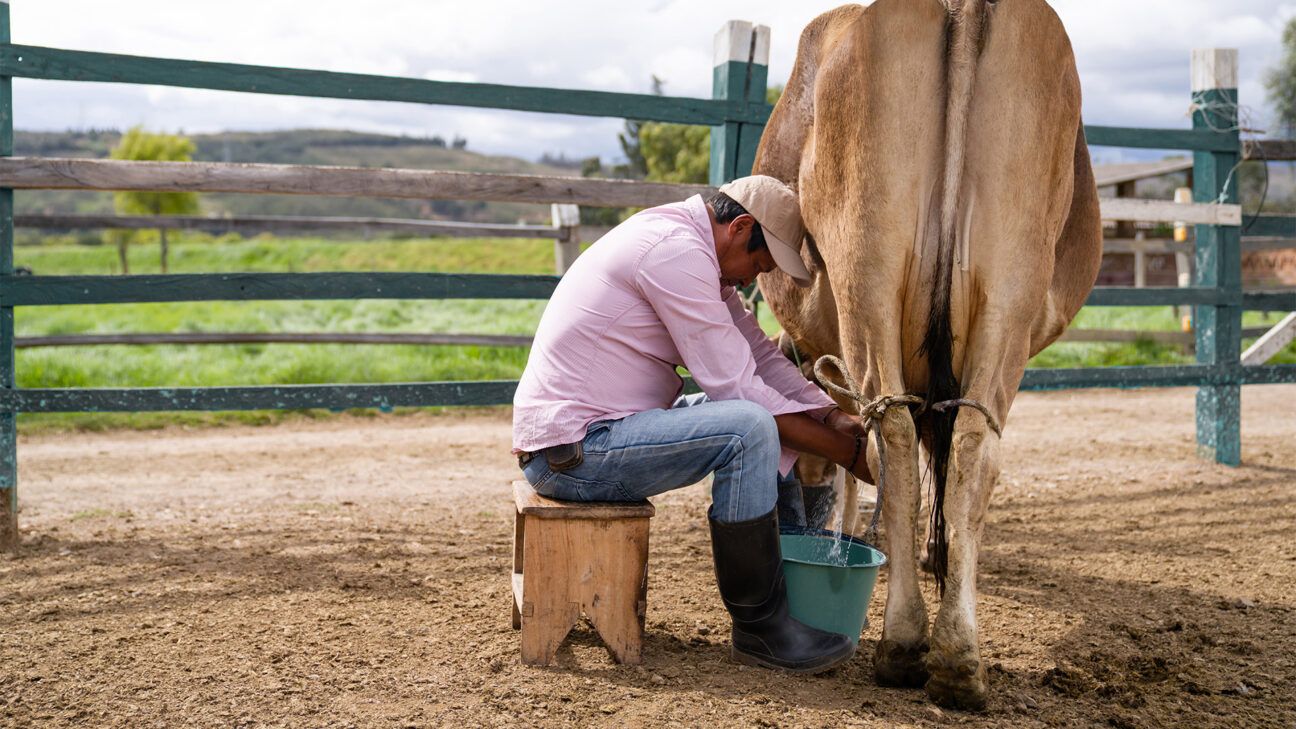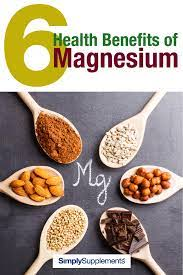
- Interest in raw milk is soaring, and some states are moving to legalize its sale.
- This potential change in legislation challenges the long-standing advice to pasteurize milk, a process that eliminates harmful bacteria and guards against severe foodborne illnesses.
- False and misleading information about the health benefits and risks of raw milk are commonly shared online.
Got milk? Perhaps, but is it pasteurized?
Interest in raw milk is growing in popularity. In fact, Delaware, Iowa, and Louisiana recently passed or took steps to pass legislation to legalize its commercial sale. The moves come at an interesting time, as federal officials warn of high levels of bird flu virus in raw milk, even after five weeks of refrigeration.
The effort to loosen the reigns on raw milk sales also goes against gold-standard public health guidance to pasteurize milk to prevent foodborne illness — a practice that took hold in the 1880s and is credited with lowering potentially dangerous diseases, including tuberculosis.
Why is interest in raw milk growing — and why now?
“Raw dairy evangelists repeat the claims that due to the lack of pasteurization and homogenization, it contains more nutrients, intact enzymes, probiotics and that even people with lactose intolerance can tolerate raw milk,” Emily Van Eck, MS, RD, a registered dietitian at Emily Van Eck Nutrition & Wellness, said. “These claims go directly against well-established science and norms in the food industry.”
That’s the short answer, but the long one is complex. Dietitians believe it generally comes down to tales as old as time: money and social influence, especially in the digital age.
Raw vs. pasteurized milk: differences and health risks
Raw milk is unpasteurized milk.
“It’s often framed as fresh, natural, unprocessed, and ‘safe’ despite the increased risk of foodborne illness,” Cara Harbstreet, MS RD LD of Street Smart Nutrition, said. “Raw milk is not necessarily organic. It also does not necessarily have to come from cows, as goats and sheep can also produce raw milk for human consumption.”
Incorrect information has given “pasteurization” a negative connotation.
“Pasteurized milk is raw milk that has undergone a heated process that kills harmful microbial colonies,” Kathleen Garcia-Benson, RDN, a registered dietitian with Top Nutrition Coaching, said. “It is a food safety management tool integrated into the Standard Milk Ordinance in 1924 as a means of reducing foodborne illness, which can be life-threatening.”
The pasteurization process involves heating the milk at a specific temperature (usually 161 degrees Fahrenheit) for at least 15 seconds before cooling it rapidly back to 39 degrees.
“Because it has not been treated with heat to rid it of microorganisms, [raw milk] consumption can spread dangerous pathogens, including bacteria, that can result in serious disease or death,” Maddie Pasquariello, MS, RDN, said.
Why interest in raw milk is growing despite health risks
Despite more than a century of mainstream acceptance of pasteurization’s health and safety benefits, raw milk is trending.
“Trending practices in nutrition go together like peanut butter and jelly,” Garcia-Benson said. “Every few months, a new topic of interest grabs hold of people’s attention — and wallets.”
Experts Healthline spoke with cited:
- Financial gain
- Social media
- The desire to eat “more naturally.”
- Lack of trust in systems
The wallet point is what Pasquariello points to as the primary driver of the raw milk trend.
“It almost always goes back to money,” she said. “For some who are spreading this disinformation — information that is meant to intentionally misinform — content around raw milk is clickbait/rage bait designed to boost likes and comments, ultimately helping these creators’ videos/content appear more highly in their communities’ algorithms. This earns them money and clout.”
Others make money more directly (or hope to).
“For example, brands selling raw milk may pay them to create content, whether or not they disclose such contractual agreements,” Pasquariello said. “Their sales, on the whole, benefit from increased traffic, increased follower numbers, and, importantly, from people developing fear for conventional foods/foods they normally buy every day at the grocery store, for instance. The more you begin to fear foods that are completely safe for consumption, the more you’ll fall victim to these conspiracy theories.”
Social media is a common denominator.
“Wellness influencers often post personal and compelling testimonials in engaging videos that often go viral,” Harbstreet said. “Many of these influencers run lifestyle accounts with large followings, giving raw milk the illusion of safety and legitimacy since negative experiences are rarely, if ever, shared publicly.”
That illusion includes the idea that raw milk is better because it’s “not processed” through pasteurization.
“The desire for less processing in food overall and the increased interest in homemaking on social media has also played a role in the trending of raw milk,” Garcia-Benson added.
Finally, data suggests trust in government and its institutions has reached record lows. A 2023 PEW Research report indicated that fewer than two in 10 Americans reported trusting the government in Washington to do the right thing “just about always” or “most of the time.”
“These claims gain more traction in our current era where those vulnerable to fear-mongering and who get into ‘natural medicine’ are increasingly distrustful of our governmental institutions, like the FDA, who regulate milk production to keep the public safe,” Van Eck said.
Raw milk: Fact vs. fiction
“Food freedom” is a buzzword being clouted by raw milk proponents.
“Everyone has the right to make informed decisions about their health, but there are real, avoidable consequences of choosing raw milk, which comes down to weighing risks and benefits (or in this case, the risks, as there really aren’t any benefits,” Pasquariello said.
The experts who talked with Healthline feel that true informed consent involves the correct information. They helped clear up the following common myths about raw milk and pasteurization that are currently being shared.
Myth: Pasteurization decreases milk’s nutritional value
This myth has consistently been debunked by data and dietary experts alike.
“There is no significant decrease in the vitamin or mineral content during pasteurization, including the B vitamins influencers claim we lose when we pasteurize milk,” Pasquariello said.
Research published in 2014 indicated that B12 resisted pasteurization when heated for 16 seconds.
“There is also no reason to fear any of the processes that happen during pasteurization — many people cite ‘protein denaturation’ as a way to spread fear,” Pasquariello added. “Protein denaturation is a vital part of digestion whenever you eat food so that your body can use the building blocks of proteins, amino acids, for various cellular functions. Not only is it not something to fear, it is a requirement for health.”
Myth: People who are lactose intolerant can drink raw milk safely
Van Eck said there’s no truth to this common claim, either.
“Lactose is lactose is lactose,” she said. “The idea came from the false statement that raw milk contains lactase, which is the enzyme we need to break down lactose. People intolerant to lactose have less or less functional lactase.”
Fermented dairy is a safer, more easily-digested bet for people who are lactose intolerant “because there is less lactose since it’s partially broken down by the bacteria in the fermented milk,” Van Eck said.
Harbstreet explained that, for the same reason, consuming raw milk doesn’t prevent someone from becoming lactose intolerant. She also pointed out that “advocates for raw milk often attempt to discredit a small study from 2014.”
The study was small (16 people) and suggested that raw milk didn’t reduce symptoms of lactose malabsorption.
“It’s worth noting that although this is an older, and very small, pilot study, the authors acknowledged the significant limitations,” Harbstreet said. “They also noted that their study design and participant feedback could support the design of future studies. However, at this point, no further studies have been published to expand on this hypothesis.”
Myth: Consuming raw milk protects against illness
Quite the opposite, experts say.
“Raw milk puts people at a higher risk of getting sick from salmonella and e. Coli,” Garcia-Benson said. “Even in the cleanest of dairy farms, cross-contamination can occur, especially because of the close location of the udder to the excrement of the cow.”
Pasquariello echoed these sentiments, stressing that claims that animal living conditions can reduce pathogens, rendering raw milk safe, aren’t true.
“The conditions the animals live in won’t affect the bacterial content of their stomachs or whether that content is safe for humans,” Pasquariello said.
Experts don’t consider drinking organic raw milk to be an effective harm-reduction measure, either.
“Pathogens can still be borne by organic milk and pose a problem for humans,” Pasquariello said.
Regarding bird flu, 2024 research suggested that lab mice given raw milk from cows with the infection had higher virus levels in respiratory organs.
Takeaway
Interest in raw milk is growing. However, raw milk isn’t pasteurized, a heating process designed to kill bacteria that could cause foodborne illnesses like typhoid.
Pasteurization has been used for more than a century.
Dietary experts say raw milk’s current growing popularity is due to interest in financial gain from influencers and brands, social media, a desire to consume healthier food, and distrust in government agencies.
However, claims that raw milk is more nutritious or free of pathogens are false. Regarding the latter, it’s the opposite: Raw milk, including organic raw milk, is more susceptible to containing pathogens.
Experts recommend consuming pasteurized milk, stressing it’s the safer option and offers plenty of nutrients, like protein and calcium.

